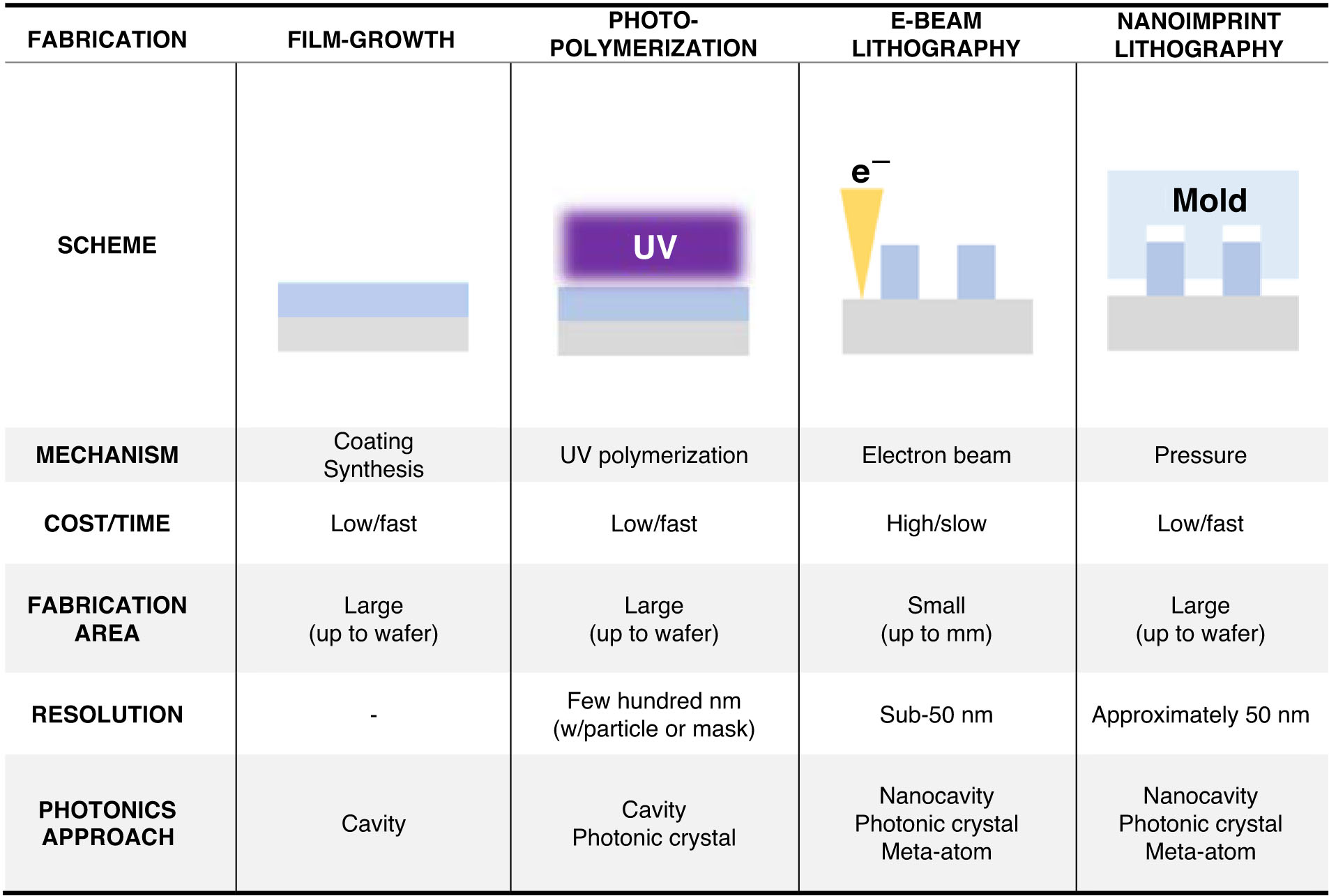| Jan 09, 2024 | |
Stimuli-responsive hydrogels enable new path to dynamic tunable photonics |
|
| (Nanowerk Spotlight) From augmented reality visors to holographic projectors, visions of advanced photonics applications rely on the ability to actively control light’s behavior. But practical schemes to make optical properties reconfigurable and responsive have proven elusive. Conventional photonic components like lenses and spectral filters feature fixed, static designs that constrain their flexibility. While liquid crystals and phase change materials have offered some paths to tunability, complex device integration and limited scalability obstruct widespread adoption. Realizing the dynamic photonics needed to enable emerging technologies requires a versatile new approach. | |
| Recent research now establishes stimului-responsive hydrogels as a promising material platform to fulfill this goal of highly reconfigurable photonic systems. A new review paper in Microsystems & Nanoengineering ("Hydrogels for active photonics") surveys the rapid progress that hydrogel photonics has recently attained. | |
| Hydrogels are hydrated polymer networks that can reversibly shrink and swell in response to environmental triggers like humidity, pH, temperature, or electric fields. As the polymer mesh expands or contracts, the changed spacing and geometry provides a convenient mechanism for altering optical characteristics. | |
| Hydrogels also enable fabrication scalability through processes like nanoimprinting and electron-beam lithography. These responsive properties and manufacturing advantages position hydrogels as an attractive new means to impart adaptability into photonic components like nanoantennas, microcavities, and metasurfaces. | |
 |
|
| Fabrication methods for film/structure-based hydrogel photonic devices. (© Microsystems & Nanoengineering) | |
| Photonic devices like lenses, optical filters, and LiDAR control the behavior of light through carefully designed structures made from materials with tailored refractive indexes. However, the optical characteristics of these static devices are fixed once fabricated, restricting their flexibility. To add tunability, previous methods have tried techniques like integrating liquid crystal modulators or substituting static device materials with alternative phase-change materials. But these strategies have faced challenges with complexity, bandwidth, and fabrication scalability that have curtailed their widespread adoption. | |
| Hydrogels offer an attractive new alternative material for enabling dynamically tunable photonics. Hydrogels are hydrated polymer networks that can reversibly swell and contract in response to stimuli like humidity, pH, temperature, or electric fields. As the hydrogel expands or shrinks, its geometry and internal spacing transforms, providing a straight-forward means to modulate the optical behavior. Hydrogels also benefit from straight-forward processing techniques like photolithography and nanoimprinting that are compatible with large-scale manufacturing. | |
| Early demonstrations have shown that integrating hydrogel films into simple metal-insulator-metal optical resonators provides colorimetric humidity sensors with visually readable outputs. Researchers have also experimented with adding hydrogels into more complex photonic crystal and metasurface devices. The resulting structures display pronounced shifts in their optical resonances and bandgaps as the hydrogel components swell and contract. In one case, alternating layers of silver nanoparticles and humidity-responsive polyvinyl alcohol were used to create an edge-enhancement filter that could switch between different imaging functionalities. | |
| More advanced nanofabrication techniques like electron-beam and nanoimprint lithographies now allow patterning hydrogels into sub-50 nm and sub-micron structures. This expands the capacity to integrate hydrogels with precisely designed photonic elements like optical antennas, microcavities, and meta-atoms. | |
| For example, electron-beam created nanoarrays with hydrogel spacers in between silver nanoparticles provided vivid and broadly tunable structural colors that responded to humidity. Through careful design, the localized chemistry changes during hydrogel swelling could also be exploited to realize irreversible optical encryption effects. And by multiplexing together different hydrogel photonic pixels, systems were demonstrated that could switch between nanoprinted images and projected holographic videos in real-time. | |
| The ease of integrating hydrogels with standard micro- and nanofabrication, combined with their intrinsically stimului-responsive nature, establishes them as a versatile new platform for dynamic photonics. As the field continues maturing, efforts are still needed to better characterize and standardize the optical properties of hydrogels across different size scales and stimuli exposures. Improving mechanical stability and reliably assessing performance changes over time also remains an ongoing pursuit. | |
| Despite these present challenges, the future looks bright for deformable hydrogels enabling the long-sought vision of adaptive photonic systems with unprecedented control over light. The latest innovations showcase routes toward responsive sensors, vivid displays, secure data encryption, and hyperspectral bioimaging amongst other possibilities. | |
| With continued research unlocking their potential, dynamically tunable hydrogel photonics promise to become a flexible solution underpinning emerging applications across sectors like health, communications, and entertainment. | |
 By
Michael
Berger
– Michael is author of three books by the Royal Society of Chemistry:
Nano-Society: Pushing the Boundaries of Technology,
Nanotechnology: The Future is Tiny, and
Nanoengineering: The Skills and Tools Making Technology Invisible
Copyright ©
Nanowerk LLC
By
Michael
Berger
– Michael is author of three books by the Royal Society of Chemistry:
Nano-Society: Pushing the Boundaries of Technology,
Nanotechnology: The Future is Tiny, and
Nanoengineering: The Skills and Tools Making Technology Invisible
Copyright ©
Nanowerk LLC
|
|
|
Become a Spotlight guest author! Join our large and growing group of guest contributors. Have you just published a scientific paper or have other exciting developments to share with the nanotechnology community? Here is how to publish on nanowerk.com. |
|
